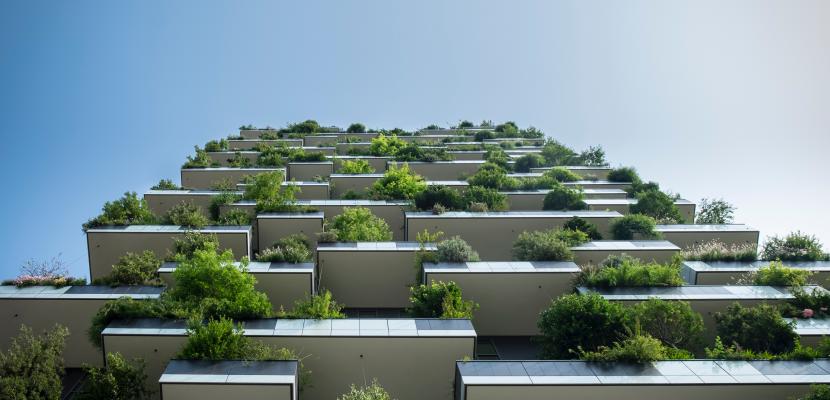Image

Innovative schemes for the reconstruction of municipal buildings
Published on 05 December 2018

Croatia
This is the good practice's implementation level. It can be national, regional or local.
About this good practice
One of the primary ideas behind ZagEE project ( http://zagee.hr) was to assess and test different financing instruments that were available in Croatia since there was no relevant experience within the city with use of instruments such as soft loans, EPC and ESI Fund grants in energy renovation projects. The project development assistance was used to fund preparatory activities while financing of the capital investment, which was approximated at 29,3 million € (26,5 mil. € for refurbishment of public buildings and 2,8 mil. € for modernization of public lighting) had to be structured during project duration.
With an underdeveloped financial market, banks in Croatia were risk averse and conservative, meaning that financing periods proposed by banks were usually too short for deep renovation of buildings. Only three viable financial instruments were available at the time (2012), before Croatia became a member of the EU:
• Grants - from the Environmental Protection and Energy Efficiency Fund (EPEEF)
• Soft loans - from the Croatian Bank for Reconstruction and Development (HBOR)
• ESCO model
At the beginning of the project an agreement was made with the EPEEF (national fund) to co-finance the total investment with a 40% grant. The rest of the investment was allocated from the city budget. Since project documentation (main designs) was already developed within the project, ESCO was not an option (ESCOs like to develop their own project documentation and technical solutions).
With an underdeveloped financial market, banks in Croatia were risk averse and conservative, meaning that financing periods proposed by banks were usually too short for deep renovation of buildings. Only three viable financial instruments were available at the time (2012), before Croatia became a member of the EU:
• Grants - from the Environmental Protection and Energy Efficiency Fund (EPEEF)
• Soft loans - from the Croatian Bank for Reconstruction and Development (HBOR)
• ESCO model
At the beginning of the project an agreement was made with the EPEEF (national fund) to co-finance the total investment with a 40% grant. The rest of the investment was allocated from the city budget. Since project documentation (main designs) was already developed within the project, ESCO was not an option (ESCOs like to develop their own project documentation and technical solutions).
Resources needed
30 000€ for staff cost for preparation of required documentation of buildings to be financed through the financial instrument, measurement & verification and regular reporting.
Evidence of success
Financial structuring was made for renovation of 87 buildings with expected primary energy savings of 33.526 MWh/year, 8.390 tCO2/year of avoided GHG emissions and average energy savings of 49% in public buildings and 72% in public lighting.
-The project has also contributed to creation of better working conditions for buildings users and generation of 290 MWh/year of energy from renewable energy sources.
-The project has also contributed to creation of better working conditions for buildings users and generation of 290 MWh/year of energy from renewable energy sources.
Potential for learning or transfer
Assessment and testing different financing instruments/schemes that are available at national level since there is no relevant experience within the city with use of instruments such as soft loans, EPC and ESI Fund grants in energy renovation projects.
Further information
Website
Good practice owner
You can contact the good practice owner below for more detailed information.
Organisation
City of Zagreb

Croatia
Jadranska Hrvatska
Contact
